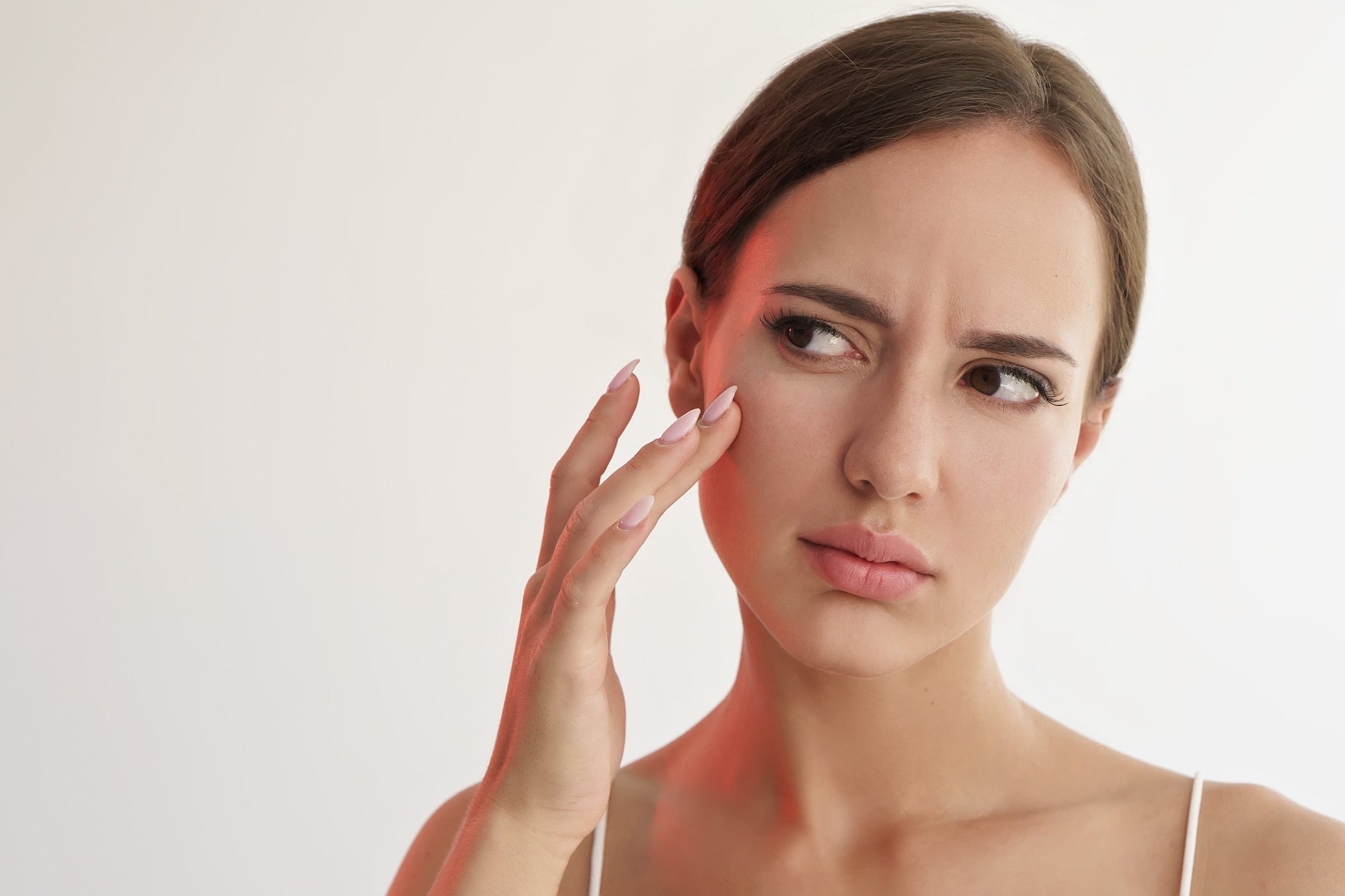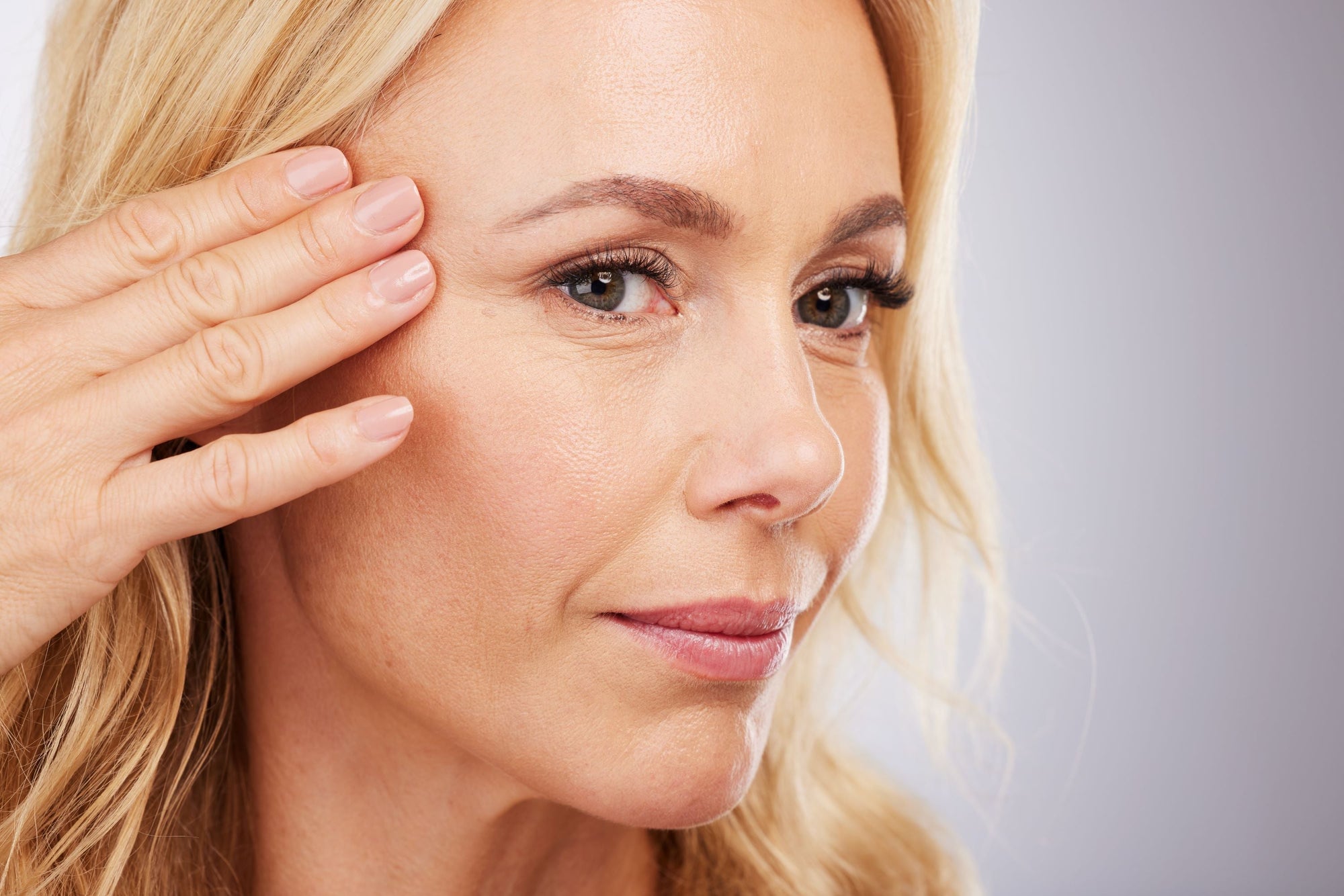The trend known as skin cycling gained traction on social media, especially through U.S.-based dermatologists like Dr. Whitney Bowe. She popularized a simple yet effective four-night cycle designed to boost results while minimizing irritation. On the first night, the routine begins with exfoliation to remove dead skin cells and prep the skin. The second night focuses on applying retinol to stimulate cell turnover. The third and fourth nights are dedicated to recovery, using hydrating and barrier-strengthening products to support skin regeneration before the cycle starts again.
This method quickly went viral, thanks to its simplicity and the promise of visible results. Sensitive skin types, or those new to active ingredients like retinol or AHA/BHA acids, may find Skin Cycling especially beneficial. It reduces the risk of over-exfoliation or irritation¾a common issue with intensive skincare. The cycle also ensures to protect the skins microbiome. For mature skin, it can also be a strategic way to cycle in peptides or enzyme peels and then soothe and repair.
Skin Cycling is Often Misunderstood
One common misconception is that Skin Cycling means changing your entire routine daily. In fact, that can be counterproductive. Core skincare steps¾like cleansers, hydrating serums, and antioxidant-rich creams¾are most effective when used consistently. Your skin thrives on stability. Special care products like exfoliants, masks, or highly active boosters benefit most from cycling. For example, exfoliating too often can compromise the skin barrier. Alternating with recovery nights keeps results high and irritation low.
Why You Should Still Adjust Routine Every 8 to 12 Weeks
Beyond Skin Cycling, it’s smart to reassess your entire skincare routine every 8 to 12 weeks, especially in relation to seasonal or environmental changes. While many skincare principles are universal¾more hydration in winter, more protection in summer¾your local climate, UV exposure, and lifestyle should shape your approach.
It’s not the calendar month that matters¾it’s how temperature, humidity, and light impact your skin.
How to Adjust Skincare by Climate Zone
1. Tropical Climates
In tropical climates such as Southeast Asia, Brazil, or parts of Central Africa, skincare should prioritize lightweight textures like gel serums or oil-free moisturizers (e.g., reveel Marine Spray Serum) to prevent clogged pores in hot, humid conditions. Thorough but gentle cleansing is essential to remove sweat, sunscreen, and environmental pollutants. Daily use of antioxidants like vitamin C or E helps protect against oxidative stress caused by high UV exposure. Consistently intense sunlight makes broad-spectrum sun protection non-negotiable. Active ingredients such as resveratrol and AHAs should be used sparingly: only at night, and never in combination to avoid overloading the skin.
2. Hot, Dry Climates
In hot, dry climates like deserts, parts of Australia, or the Middle East, skincare should focus on deep hydration using ingredients such as hyaluronic acid, glycerin, and panthenol to counteract moisture loss (e.g., reveel Comforting Moisturizer or Refining Moisturizer). Lipid-rich products containing ceramides or squalane help seal in that hydration and reinforce the skin barrier. Gentle cleansing is important to avoid stripping the skin further. Given the intense and persistent UV exposure, high-level sun protection is essential year-round. Active ingredients like AHAs or resveratrol can be used in low concentrations but should always be paired with restorative, barrier-supporting care to maintain skin resilience.
3. Temperate Zones with 4 Seasons
In spring, it's time to transition to lighter skincare products and support the skin with a gentle detox¾enzyme exfoliants or vitamin C peels work well to refresh the complexion. Antioxidants like vitamin C (e.g., reveel Vitamin C Concentrate) also help prepare the skin for increased sun exposure, and consistent use of sunscreen should begin.
During summer, lightweight fluids or spray serums (e.g., reveel Marine Spray Serum) are ideal substitutes for heavier creams, helping the skin breathe in heat and humidity. Vitamin C remains a daily must to fight oxidative stress from UV rays, while sunscreen use should be maximized. At the same time, active ingredients like AHAs or resveratrol should be reduced or paused to avoid irritation from sun exposure.
Autumn is the perfect time to focus on rebuilding the skin’s barrier after months of sun, salt, and heat. Active ingredients like vitamin C, resveratrol, and AHAs can now be gradually reintroduced, preferably on alternating days. Skincare textures should become richer, incorporating ingredients like ceramides and niacinamide for added nourishment.
In winter, the focus shifts to occlusive care to protect the skin barrier and reduce transepidermal water loss (TEWL). Richer night creams help combat dry indoor air, while regular moisture masks and mild enzyme peels¾rather than aggressive exfoliants¾support a calm, hydrated complexion throughout the colder months.
4. Cold, Dry Climates
In cold, dry climates such as Scandinavia, Canada, or mountainous regions, skincare routines should prioritize lipid-rich products (e.g., reveel Collagen Serum Spray) year-round to counteract harsh environmental conditions. Cleansing should be minimized and gentler (think cream or oil-based cleansers) to avoid further disrupting the skin barrier. Active ingredients should be used cautiously, as the skin tends to be more sensitive in low temperatures. To support moisture balance, humidifiers and hydrating masks can be particularly effective. And while it may feel counterintuitive, daily sun protection remains crucial¾snow reflects UV rays, significantly increasing exposure.
5. Subtropical Climates
In subtropical climates such as Southern Europe, the Southern U.S., or Japan, skincare routines shift with the seasons. During summer, the focus is on lightweight, antioxidant-rich products (e.g., Defending Day Serum) similar to those used in tropical climates to protect against heat and UV exposure. In winter, richer and more restorative formulations (e.g., reveel Refining Moisturizer) are necessary to support the skin through cooler, drier conditions akin to temperate regions. Because weather and humidity can change frequently, regular adjustments to the skincare routine are essential. This variability makes subtropical zones ideal for Skin Cycling, as the skin’s needs naturally fluctuate throughout the year.

Recommendation: The reveel collagen mask can be beneficial in all climates—when tailored to seasonal and environmental conditions, it supports skin regeneration, provides deep hydration, and reinforces the skin barrier.
Conclusion: How Skin Cycling Works and Why You Still Need Seasonal Routine
Skin Cycling is a smart and structured way to use powerful ingredients without overwhelming your skin. It’s especially helpful for beginners, and those with sensitive skin or mature complexions. But even the best cycling method is just one part of your skincare strategy.
Consistency where it counts, flexibility where it matters most–that’s how to optimize your skin health.



